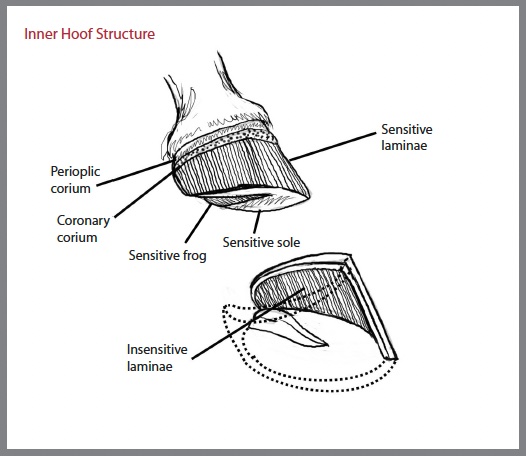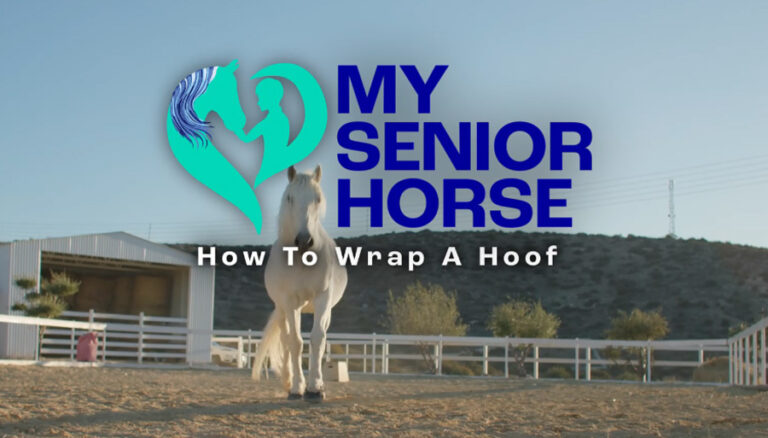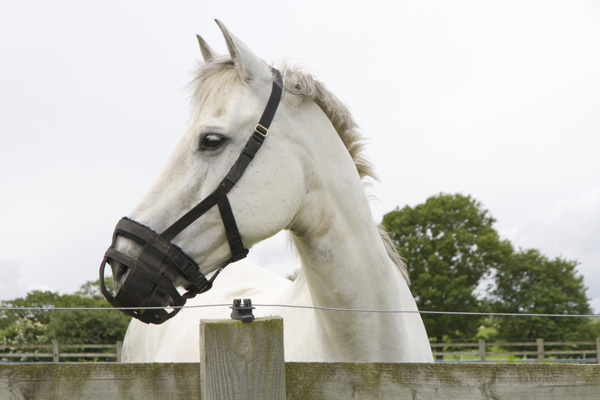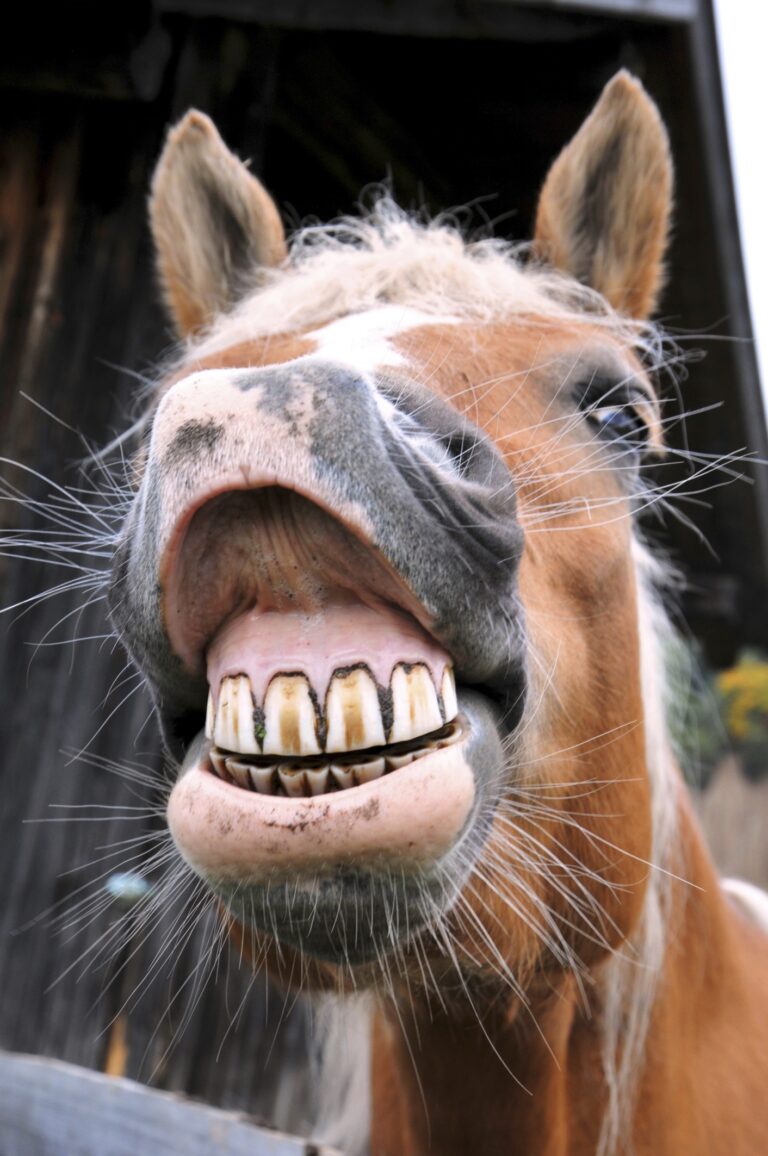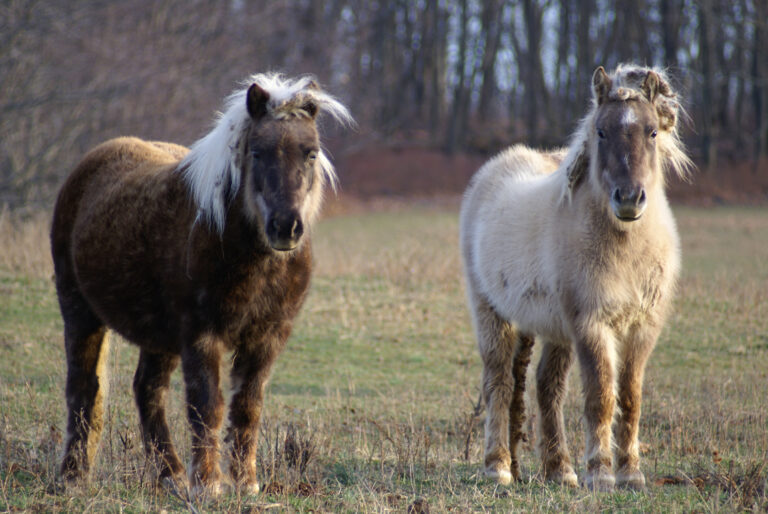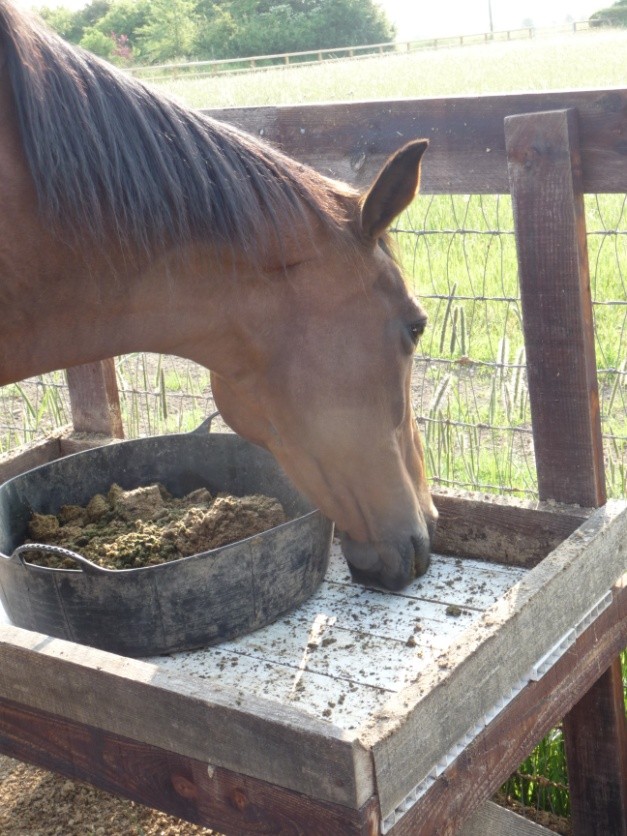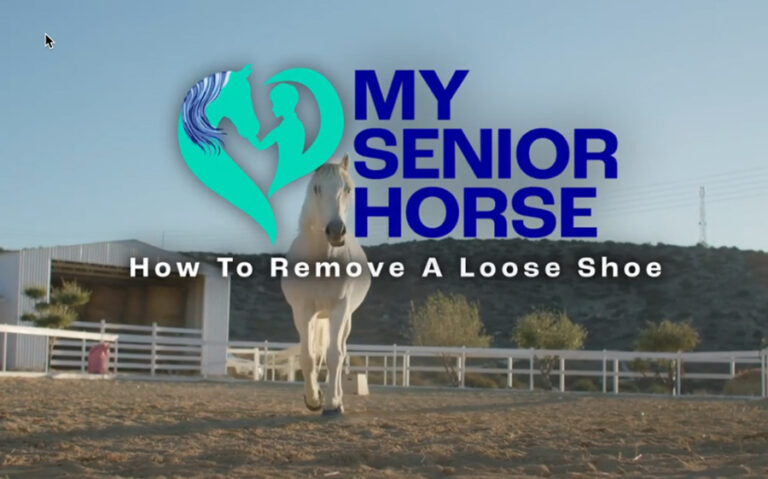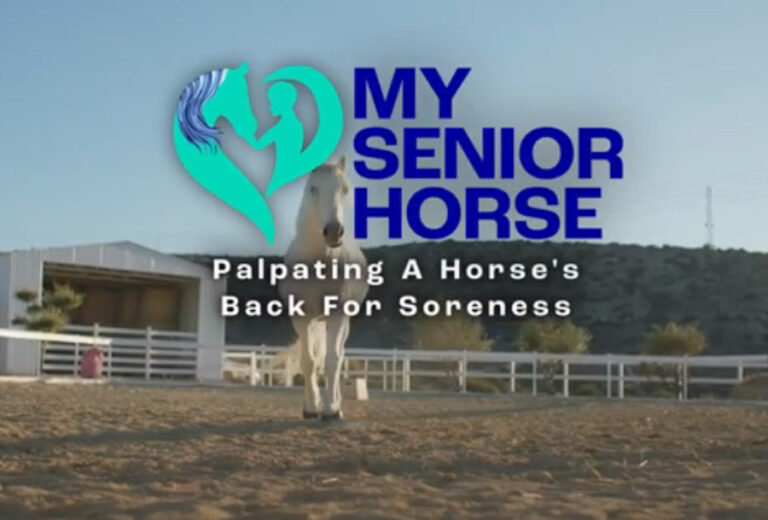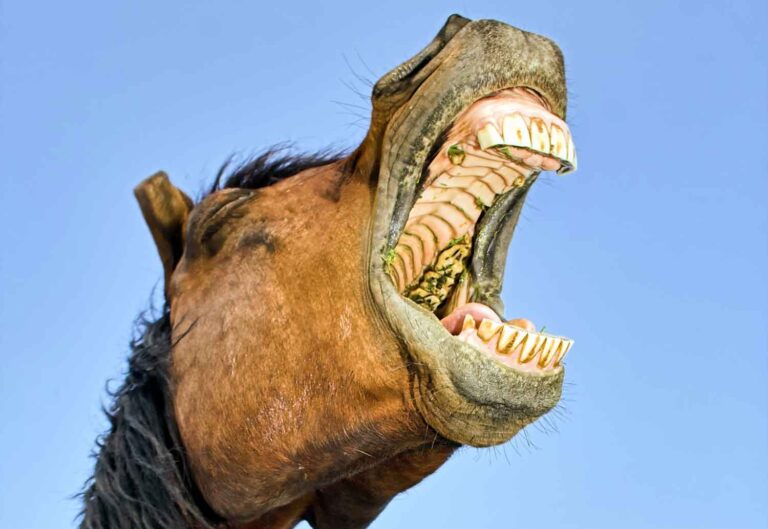Laminitis is a painful and potentially devastating condition, one where prevention is certainly better than cure. While diet is not the only risk factor, it is one we can influence—unlike genetics! Brushing up on your knowledge of managing and feeding horses and ponies prone to laminitis will help you reduce your horse’s risk while making sure you can spot the signs of an attack early. This will help to maximise the horse’s chance of recovery if it does develop laminitis. (See the article Equine Laminitis: Can You Spot the Signs.)
This article is full of tips to help get you started but contact a nutritionist for specific advice, especially if your horse/ pony is severely insulin dysregulated.
The Basics
Achieving/maintaining a healthy body condition and providing a diet low in non-structural carbohydrate or ‘starch and sugar’ are top priorities for managing horses and ponies at risk of laminitis. But don’t forget, laminitics, just like any other horse, still need a diet that’s high in fibre and that provides an appropriately balanced supply of vitamins, minerals, and amino acids (quality protein).
Where possible, maintain a regular exercise programme. Research has shown that even small amounts of exercise can help improve insulin sensitivity. (Reduced insulin sensitivity is a risk factor for laminitis.)
Always seek veterinary advice before returning your horse/pony to work following an episode of laminitis (or any other form of lameness).
(Editor’s note: For information on monitoring your horse’s weight and body condition see A Guide to Body Condition Scoring and The Body Condition Index: Beyond Body Condition Scoring.)
Jargon Buster
The different terms used to describe starch and sugar can sometimes cause confusion. So, here’s a quick guide to busting the jargon:
- Non-structural carbohydrate (NSC) = starch + water soluble carbohydrate (WSC)
- Water soluble carbohydrate (WSC) consists mainly of simple sugars such as glucose and sucrose as well as fructans
- Fructan can be considered as the ‘storage’ form of sugar in cool season grasses
How Much Starch and Sugar is Too Much?
Percentages are a useful starting point when it comes to comparing one feed against another, but they only tell part of the story. Ultimately, the amount of starch and sugar your horse will consume from any feed depends on how much of it they eat. For example:
- 2 kg or 4.4 pounds of feed with a combined starch and sugar content of 9% contains 180g of starch and sugar.
- 1 kg or 2.2 pounds of feed with a combined starch and sugar content of 18% also contains 180g of starch and sugar.
When it comes to choosing ‘bucket feed’ (as opposed to forage), consider the feeding rate and the amount of starch and sugar your horse will consume. Don’t base your choice on percentages alone. Restricting NSC intake to less than 0.5g per kilogram bodyweight per meal (less than 250g per meal for a 500kg or 1,100 pound horse) should be a suitable starting point for most horses and ponies provided they are not severely insulin dysregulated.
Greater restriction might be needed for some individuals, especially those that are severely insulin dysregulation. In these situations, it might be helpful to test the horse/pony’s insulin response to the specific feed and/or forage. Seek veterinary advice in the first instance followed by advice from a nutritionist.
Feed in a Bucket
Here are some tips on providing concentrate/bagged feed or ration balancers.
- Introduce all new feeds gradually.
- Balancers are ideal for good doers as they provide the vitamins, minerals, and quality protein needed to balance forage while adding very limited energy (calories), starch, and sugar to the diet.
- Choose fibre-based feeds that are low in starch and sugar for those unable to maintain a healthy weight/body condition on forage and a balancer.
- Choose feeds that are high in vegetable oil (as well as low in starch and sugar) for poor doers. Gram for gram, oil is approximately 2.5 times higher in energy compared to cereal grains, but it is starch free.
- If weight gain is required, vegetable oil can generally be added on top of the horse’s current feed at a rate of up to 1ml (0.03 ounces) per 1kg (2.2 pounds) bodyweight per day (i.e., 500mls or 16.9 ounces per day for a 500kg or 1,100 pound horse). However, high oil diets should be balanced with additional vitamin E. So, it’s wise to contact a nutrition advisor before adding oil to your horse’s feed. Any oil fed should be fresh and introduced gradually. As a guide, start by introducing 15-30mls (0.5-1 ounce) of oil per day for a 500kg (1,100 pound) horse and increase by 15-30mls every few days.
- Divide feeds into multiple small meals. This helps to reduce the amount of starch and sugar consumed in each meal and could be of increased importance for severely insulin dysregulated horses and ponies. Speak to a nutrition advisor for more advice.
Forage
Forage should be foundation of every horse/pony’s diet, and those prone to laminitis are no exception. Ideally, all horses and ponies should be provided with as much forage as they will eat (while being mindful of excess waste), a practice commonly described as ‘feeding ad lib’. However, it is important to remember:
- Many laminitics need their access to grazing restricted, especially at certain times of year. Those at very high risk might need to be removed from grazing completely.
- Forage for laminitics should ideally contain less than 10% NSC on a dry matter basis. However, tolerance varies between individuals. Monitoring insulin response to the horse/pony’s own forage might be useful in those that are severely insulin dysregulated.
- Ideally feed a low NSC hay instead of a low NSC haylage.
- Many good doers require some degree of forage restriction to promote weight loss or prevent excess weight gain.
- As far as possible, the amount of forage eaten, as well as the amount of forage provided, should be monitored.
- Avoiding long periods without forage is important for supporting digestive health and mental well-being. Consider ways of extending eating time for those on restricted rations, especially during typical daylight hours.
- Remember that some weight management strategies—such using small holed and/or multi-layered haynets and feeding straw—might not be suitable for senior horses due to joint or dental issues.
- While straw might be suitable as a partial forage replacer for some senior good doers (provided they don’t have dental issues), additional care must be taken to ensure the diet provides appropriate amounts of protein and amino acids. Both the amount and quality of protein in straw is low. Ensure any straw fed is of good hygienic quality, is introduced gradually, and is free from seed heads if fed to laminitics. Seek advice from a nutritionist on an appropriate feeding rate.
- Horses and ponies with dental issues might need a forage replacer.
- Herd dynamics should be monitored to ensure older or less dominant horses/ponies are not prevented from accessing supplementary forage (access to water, shelter and any other feed provided should also be monitored).
For more advice on managing forage intake for laminitics see Feeding Horses and Ponies Prone to Laminitis: Part 2.
Further Reading
- Equine Laminitis: Can You Spot the Signs. Sarah Nelson. MySeniorHorse.com
- 10 tips for Feeding Forage to Horses. Patricia A. Harris, MA, PhD, VetMB, MRCVS, RCVS. MySeniorHorse.com
-
As Product Manager for SPILLERS, Sarah Nelson is responsible for the technical management of all SPILLERS products, including recipe formulation.View all posts



